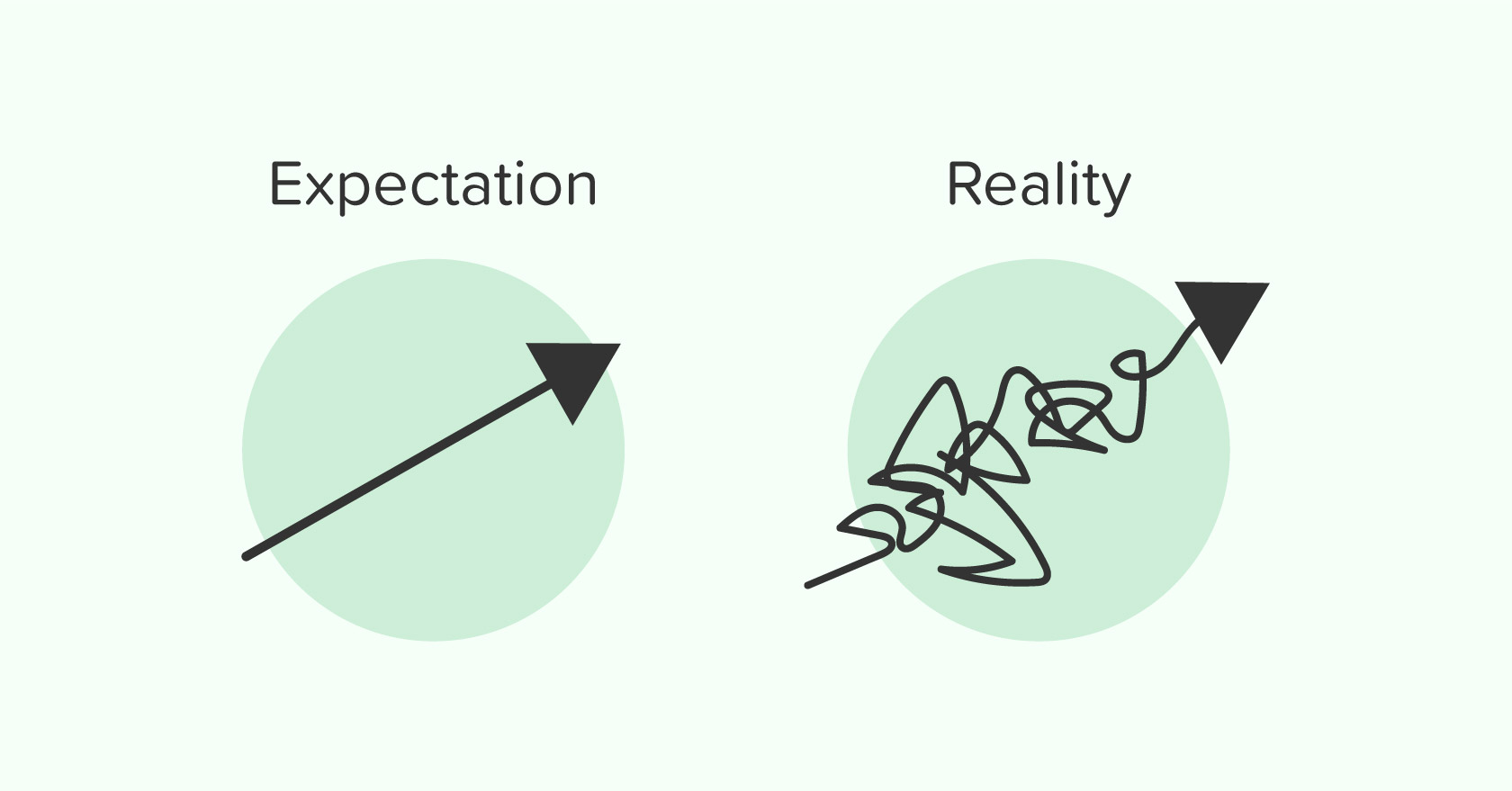
The Evolution of Virtual Production: Revolutionizing Content Creation
Continue reading "The Evolution of Virtual Production: Revolutionizing Content Creation"
In the fast-paced world of game and software development, the concept of external development has gained significant traction. Companies increasingly turn to external partners to handle various aspects of their projects, from art and design to coding and testing. While the idea of outsourcing tasks externally may seem like a straightforward solution, the reality is that successful external development requires a careful balance of coordination, communication, and strategy.
External development offer a promising array of benefits, including access to specialized talent, reduced workload for in-house teams, and increased efficiency. However, it's essential to recognize that coordinating external resources comes with its own set of challenges. Unlike internal teams that share a physical workspace and often a time zone, external partners can be spread across different geographical locations and time zones.
 As Tuan Ngo, a seasoned expert in game development who has worked with renowned companies like Amazon and Konami, points out, "Coordinating sounds easy internally, but externally it's tough." The logistical hurdles of finding the right talent, ensuring effective communication, and aligning project goals can be overwhelming. To succeed in external development, one must overcome these challenges with careful planning and strategic execution.
As Tuan Ngo, a seasoned expert in game development who has worked with renowned companies like Amazon and Konami, points out, "Coordinating sounds easy internally, but externally it's tough." The logistical hurdles of finding the right talent, ensuring effective communication, and aligning project goals can be overwhelming. To succeed in external development, one must overcome these challenges with careful planning and strategic execution.
Tuan Ngo emphasizes several critical strategies for making external development a successful endeavor:
Effective Communication and Documentation: Clear communication is paramount when working with external partners. Establishing communication channels and providing comprehensive documentation ensures that both parties are on the same page. Ngo emphasizes that having a dedicated producer who can bridge communication gaps is essential. Documentation, such as well-structured briefs, guidelines, and templates, streamlines the process and reduces misunderstandings.

Selecting the Right Partner: Ngo's insights on partner selection delve into the strategic nuances of forming successful external partnerships. His suggestion to tap into your network reveals a thoughtful approach to leverage pre-existing professional relationships. Collaborating with individuals you've previously worked with not only expedites project timelines but also brings a level of familiarity and trust to the table, crucial for establishing effective communication and understanding.
Furthermore, Ngo's advice of seeking partners who are well-versed in your specific industry makes perfect sense in today's competitive business landscape. Collaborators with domain expertise comprehend the challenges and trends inherent to your field, contributing to more targeted and impactful contributions. They are more likely to grasp the intricacies of your project swiftly and offer tailored solutions that align with your objectives.
Managing Expectations: Setting clear expectations is not just a best practice; it's the cornerstone of a successful collaboration. When both the client and the external partner are on the same page from the outset, the entire project is set up for smoother execution and reduced misunderstandings. Ngo's emphasis on a well-defined brief, encompassing not only the project's overarching goals but also the nitty-gritty details like quality benchmarks and references, is paramount. It creates a comprehensive roadmap that guides the collaborative efforts toward a unified vision.

Nevertheless, Ngo also astutely recognizes the pragmatic side of project management. In the real world, deadlines can sometimes exert immense pressure, necessitating a balanced approach to expectation-setting. Flexibility becomes crucial, and the ability to adapt and refine expectations while keeping the core objectives intact becomes a valuable skill. By making pragmatic adjustments without compromising on the project's essence, the collaboration can stay nimble without sacrificing quality or vision.
Embrace a Learning Curve: Embarking on collaborations with new external partners is akin to embarking on a journey of mutual discovery. It's a period where understanding and synchronization need to develop organically. Ngo's counsel to be patient during this phase is incredibly apt. Allowing the partner sufficient time to immerse themselves in your requirements and preferences can lead to more harmonious outcomes down the line.
Ngo's emphasis on conducting test projects stands as a testament to his pragmatic approach. These initial trials provide a platform to gauge the partner's performance, adherence to timelines, and alignment with your quality benchmarks. They serve as a litmus test to determine if the partnership holds the potential to thrive in the long term. By treating these test projects as a collaborative learning experience, you can fine-tune the partnership and address any issues that arise before committing to more extensive projects.
Fail Fast and Iterate: Ngo's emphasis on the concept of "failing fast" speaks volumes about his commitment to continuous improvement and innovation. In today's dynamic business landscape, the ability to recognize and address shortcomings swiftly can make all the difference. By encouraging open communication and a willingness to acknowledge when something isn't working optimally, Ngo promotes a culture of adaptability.

This principle is especially relevant when it comes to collaborations between clients and external partners. The sooner any challenges or gaps in expectations are identified, the sooner they can be rectified. This not only prevents issues from snowballing into larger complications but also fosters an environment of trust and transparency. Clients appreciate partners who are proactive and responsive, and external partners value clients who provide clear and timely feedback.
Respect Cultural Differences: Navigating collaborations with partners from diverse cultural backgrounds demands a heightened level of awareness and empathy. The potential for misinterpretations arising from linguistic nuances, varying work etiquettes, and contrasting communication styles cannot be overlooked. To counter these challenges effectively, fostering open dialogues and cultivating genuine connections becomes paramount.
Ngo's recognition of the significance of cross-cultural collaboration underscores his astute approach to partnership dynamics. By encouraging open conversations, he not only bridges potential gaps but also creates an environment where each partner's uniqueness is celebrated rather than overshadowed. This approach not only aids in smoothening the rough edges that might emerge but also paves the way for innovation through the integration of diverse perspectives.
Focus on Quality: Consistency in delivering exceptional quality not only meets immediate project requirements but also lays the foundation for enduring partnerships. Going above and beyond to ensure that your work consistently meets or surpasses the set expectations showcases your commitment to excellence. This commitment, in turn, contributes to building a reputation as a dependable and trustworthy collaborator.

Ngo's emphasis on maintaining high standards resonates deeply in this context. By striving for quality at every juncture of a collaboration, you establish a precedent that instills confidence in your partners. This level of dedication can lead to the development of strong and lasting relationships that extend beyond individual projects.
External development offers a powerful solution for companies looking to enhance their capabilities and streamline their processes. However, success requires a combination of effective communication, clear documentation, strategic collaboration, and a willingness to adapt and learn. Tuan Ngo's insights highlight that while external development may come with challenges, a well-executed approach can transform you into a superstar of external development, delivering exceptional results for your projects and clients.